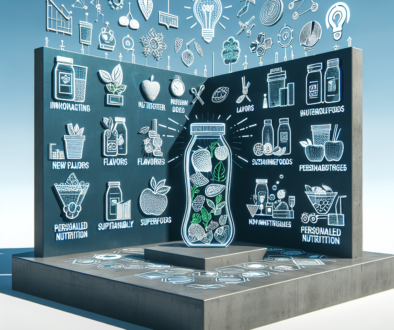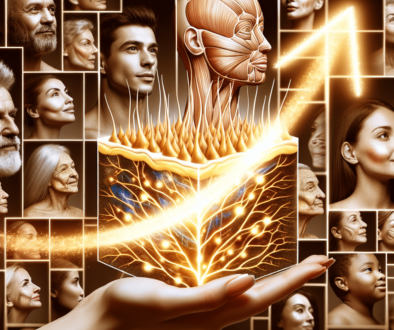Three-Dimensional Culture Of Rat Calvarial Osteoblasts In Collagen Hydrogels
Keywords
Osteoblast Three-Dimensional Culture Collagen Hydrogelosteoblast Three-Dimensional Culture Collagen Hydrogel
Abstract
Objective To establish a three-dimensional collagen hydrogel culture model of rat calvarial osteoblasts (ROBs). Methods The skulls of neonatal SD rats were taken and osteoblasts were obtained through enzymatic digestion. Mix the first generation of subcultured ROBs (marked as Pª1 generation) with different concentrations of type I rat tail collagen (collagen concentration is 1, 2, 3 mg/mL), DMEM culture medium, NaOH, etc., and adjust the pH of the mixed solution. And place it at 37¡ãC to solidify the collagen and establish a three-dimensional culture of cells. After ROBs were cultured three-dimensionally for 3 days, the cell morphology and density were observed with an ordinary microscope. After 6 days of culture, fluorescein diacetate/propidium iodide (FDA/PI) staining was used to identify the cell survival rate; after 3 days, 6 days, and 9 days of culture, The CCK-8 detection method measures cell activity and selects the optimal collagen concentration and optimal culture system for three-dimensional culture. Scanning electron microscopy and HE staining were used to observe the morphology of ROBs cells in the optimal culture system as well as the adhesion and distribution of cells and collagen complexes. Results When the collagen concentration was ª©2 mg/mLªª in the culture system, the collagen formed the best and had the highest hardness. After three-dimensional culture of ROBs for 3 days, the cells in the culture system with collagen concentration of 1 mg/mL and 2 mg/mL were full and mostly in the shape of long spindles. In the culture system with a collagen concentration of 3 mg/mL, cells were mostly round and pyknotic. In the culture system with a collagen concentration of 2 mg/mL, the cell survival rate was the highest (P<0.05), and the cell activity was stronger than that of the 1 mg/mL group and the 3 mg/mL group (P<0.05). The scanning electron microscopy results of the 2 mg/mL culture system group showed that the cells adhered well to the collagen complex and the cell morphology was normal. The HE staining results showed that the cells were evenly distributed in the collagen and the cell morphology was normal. Conclusion When the collagen concentration is 2 mg/mL, a three-dimensional culture model of ROBs collagen hydrogel can be successfully established. In this model, the collagen is well formed, has high hardness, cells survive well, are evenly distributed, and can maintain normal morphology and activity. It is suitable for in later scientific research. Objective To establish a collagen hydrogel three-dimensional culture model with rat calvarial osteoblasts (ROBs). Methods ROBs were obtained through enzyme digestion of segregated neonatal SD rat skull. The collagen hydrogel three-dimensional culture model was established by mixing ROBs with different concentrations of type ¢ñ rat tail collagen (collagen concentration of 1, 2, 3 mg/mL), DMEM medium and NaOH under adjusted PH and a temperature of 37 ¡æ. Cell viability and activity were detected by FDA/PI staining and CCK-8 3 d after cell culture. The optimal culture method of 3D collagen hydrogel was identified. Cell distribution was observed using scanning electron microscopy and HE staining. Results ROBs collagen was firmly formed at 2 mg/mL, which had significantly higher levels of cell viability and activity than those at 1 mg/mL and ª©3 mg/mL.ªª Scanning electron microscopy and HE staining showed that cells under the 2 mg/mL collagen culture system adhered with collagen tightly and distributed homogeneously. Conclusion A collagen hydrogel 3D culture model was established successfully by mixing ROBs with collagen at 2 mg/mL. For further information of this article and research, feel free to contact our team for asssitance. Original research was done by Xie Yanfang, Shi Wengui, Zhou Jian et al.
About ETChem
ETChem, a reputable Chinese Collagen factory manufacturer and supplier, is renowned for producing, stocking, exporting, and delivering the highest quality collagens. They include marine collagen, fish collagen, bovine collagen, chicken collagen, type I collagen, type II collagen and type III collagen etc. Their offerings, characterized by a neutral taste, and instant solubility attributes, cater to a diverse range of industries. They serve nutraceutical, pharmaceutical, cosmeceutical, veterinary, as well as food and beverage finished product distributors, traders, and manufacturers across Europe, USA, Canada, Australia, Thailand, Japan, Korea, Brazil, and Chile, among others.
ETChem specialization includes exporting and delivering tailor-made collagen powder and finished collagen nutritional supplements. Their extensive product range covers sectors like Food and Beverage, Sports Nutrition, Weight Management, Dietary Supplements, Health and Wellness Products, ensuring comprehensive solutions to meet all your protein needs.
As a trusted company by leading global food and beverage brands and Fortune 500 companies, ETChem reinforces China’s reputation in the global arena. For more information or to sample their products, please contact them and email karen(at)et-chem.com today.



